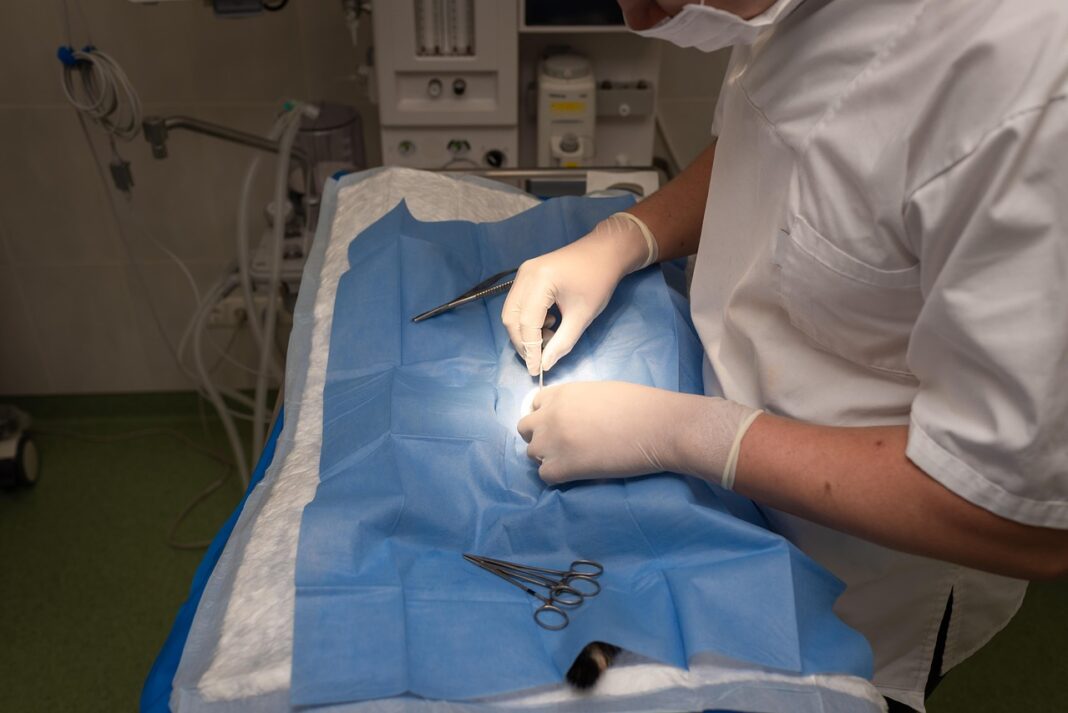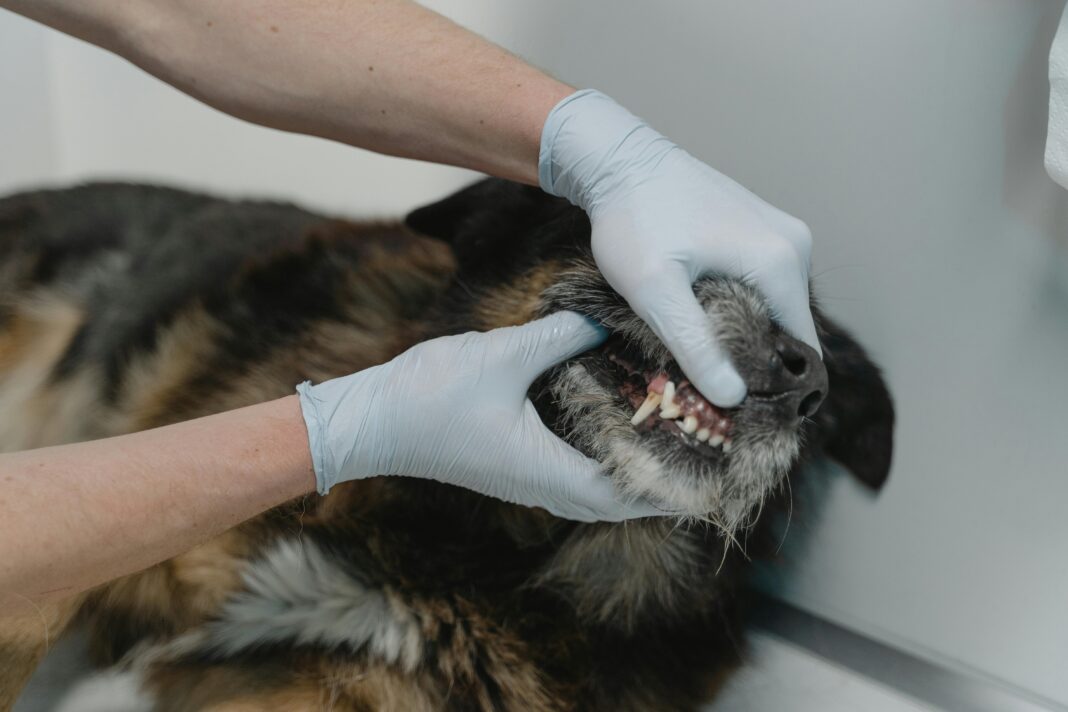As pet owners, our furry companions mean the world to us. But when emergencies strike, quick thinking and proper action can make the difference between life and death. By understanding emergency triage protocols, you can navigate critical situations with confidence. Let’s delve into this essential guide to enhance your pet health care skills.
Understanding Triage in Pet Emergencies
What is Triage?
Triage is the process of determining the priority of treatment based on the severity of a pet’s condition. In emergencies, it’s essential to quickly assess your pet’s needs and actions. This can be especially vital at home, in a veterinary clinic, or during outdoor adventures.
The Importance of Triage
Quick decision-making in a crisis can help you manage panic and ensure that your pet receives the appropriate care promptly. Recognizing whether a condition is life-threatening or requires immediate attention can save precious time.
Common Causes of Pet Emergencies
Understanding what can lead to emergencies helps in preparation. Some common causes include:
-
- Trauma: Accidents, falls, or fights can result in serious injuries.
-
- Poisoning: Ingestion of toxic substances like chocolate, onions, or household chemicals can have dire consequences.
-
- Heat Stroke: Pets left in hot environments without adequate ventilation can suffer from heat-related illnesses.
-
- Gastrointestinal Issues: Symptoms like vomiting or diarrhea can indicate more severe underlying problems.
-
- Respiratory Distress: Difficulty breathing may signal a serious condition that requires immediate action.
Recognizing Symptoms of Life-Threatening Conditions
Being attuned to your pet’s signals can be life-saving. Here are some critical symptoms that require immediate attention:
-
- Unconsciousness or Seizures: Any sign of collapse or uncontrollable shaking can indicate serious neurological issues.
-
- Excessive Bleeding: Whether from a wound or internal bleeding, this is an emergency requiring prompt care.
-
- Choking: Signs include pawing at the mouth, distress, and inability to breathe normally.
-
- Persistent Vomiting or Diarrhea: Especially if blood is present, it could lead to dehydration and shock.
-
- Severe Pain or Distress: Whining, inability to move, or unusual aggression can signal discomfort or injury.
Initial Assessment: The ABCs of Triage
In any emergency, follow these initial steps to assess your pet:
Airway
Check if your pet can breathe properly. If they’re choking, you may need to perform the Heimlich maneuver or remove the obstruction with care.
Breathing
Observe your pet’s breathing. Is it labored? Are they gasping? Ensure their airway is clear and monitor their breathing rate.
Circulation
Check for pulse and circulation. Gently place your fingers on the inside of the thigh or the wrist. If there’s no pulse or if your pet’s gums are pale or blue-tinged, immediate veterinary assistance is needed.
Practical Triage Steps
Once you’ve assessed your pet’s condition, follow these steps:
-
- Stay Calm: Your demeanor can influence your pet’s stress levels. Take a deep breath!
-
- Call for Help: Reach out to your veterinarian or an emergency pet clinic for guidance.
-
- Prepare for Transport: If necessary, transport your pet carefully. Use a pet carrier or blanket to provide stability.
-
- Keep a First-Aid Kit Handy: Always have a pet first-aid kit at home. Include items like bandages, antiseptics, and a muzzle to avoid bites during transportation.
Essential Treatments for Common Emergencies
Trauma Management
-
- Control Bleeding: Apply gentle pressure using clean cloth. Elevate the injury if possible.
-
- Immobilize Fractures: Use splints made from sturdy materials, like cardboard, to prevent further injury.
Poisoning Action Plan
-
- Identify the Poison: If possible, take the packaging or a sample with you.
-
- Do Not Induce Vomiting Without Guidance: Some substances can cause more harm if vomited. Always consult a vet first.
Heat Stroke Relief
-
- Cool Down: Move your pet to a shaded area and use cool (not cold) water on their body.
-
- Hydration: Offer water in small amounts, but do not force them to drink.
Prevention Strategies for Future Emergencies
Regular Veterinary Check-ups
Routine visits help catch potential issues before they escalate. Vaccinations and preventative measures can be life-saving.
Create a Hazard-Free Environment
Keep harmful substances, sharp objects, and toxic plants out of reach. Regularly check for potential hazards in your home and yard.
First-Aid Training
Consider taking a pet first-aid course. This will empower you with the skills to handle emergencies effectively.
Monitor Your Pet’s Behavior
Be observant of changes in eating, drinking, or activity levels. Early detection often leads to better outcomes.
Emergency Plan
Have a plan that includes emergency numbers, locations of nearby veterinary clinics, and a pet first-aid kit. Make sure everyone in your household is familiar with it.
By mastering these emergency triage protocols, you can become a proactive guardian for your pet, ready to act decisively in crucial moments. Your preparedness today can lead to a healthier, safer tomorrow for your furry friend.





